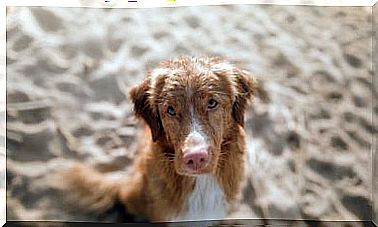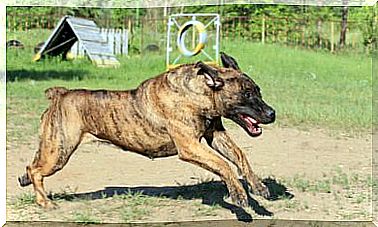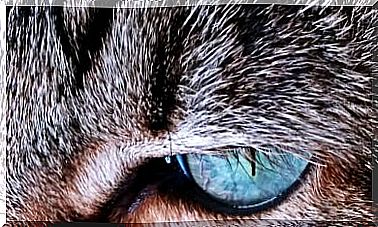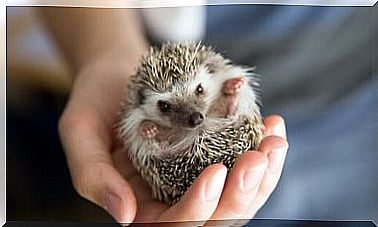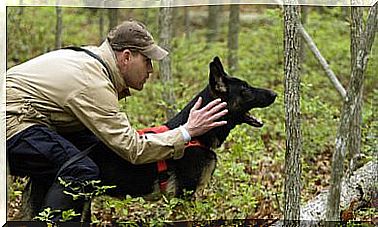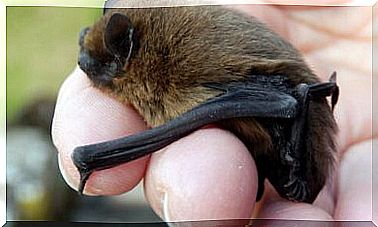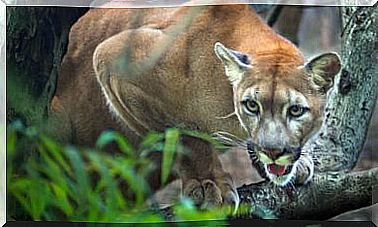Sea Wasp: Characteristics And Where It Lives
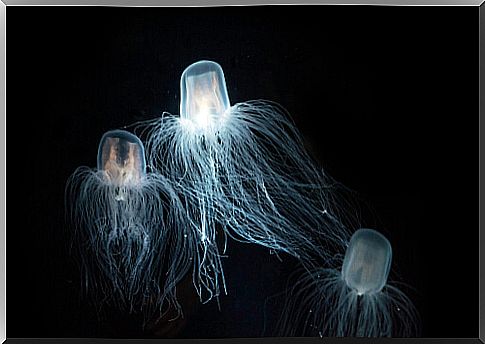
The sea wasp, also known as the fire jellyfish or box jellyfish, lives in the waters of Australia and Southeast Asia. There are almost 200 known species of jellyfish that move through the seas of our planet.
While many of them are actually harmless, the sea wasp is thought to be the most poisonous marine animal known to date. Its venom is so powerful that those who have been bitten report such excruciating pain that it shocks and suffocates, even before the full effect of the same occurs.
In addition to its venom, the fire jellyfish is almost invisible, making it more difficult to detect. In addition to this, it is diurnal and prefers to hunt in shallow water, which increases the chances of coming into contact with unsuspecting swimmers.
Physical description
The box jellyfish name given in Australia derives from the shape of its bell, which is box-shaped. The body is semitransparent and usually measures between 16 and 24 centimeters, although its diameter reaches approximately 35 centimeters.
Tentacles project from each corner, and each side can contain up to 15 tentacles about three meters long. The sea wasp is pale blue in color, very difficult to see even in clear ocean waters. This trait kept it from being known for years what caused such excruciating pain, often followed by death.

Each tentacle contains millions of nematocysts, a kind of microscopic hooks where venom is stored and distributed. Sea wasps contain sensory organs that include 24 eyes, but they do not have a brain.
Breeding habits
Each spring, sea wasps gather to spawn in rivers and similar bodies of water. They find a mate in fresh water sources and there they release their eggs or sperm, as the case may be, directly into the water. Once fertilization occurs, the planula (larva) attaches to a hard surface and becomes a small polyp.
Polyps are tiny, measuring one to two millimeters and resembling a live ball with two tentacles, which they use to adhere to stones or other surfaces where they do not feel exposed, often in a crevice in the rocks or in the part bottom of them.
Once the polyp has finished sprouting, it turns into a juvenile jellyfish, which grows to become sexually mature, and travels from the river to the sea. There they continue to grow until they reach their final size, 16 to 24 centimeters.

The mature sea wasp dies shortly after the release of sperm and eggs, and is not involved in raising its young. Because of this, box jellyfish are thought to have a longevity of just under a year.
Behavior of the sea wasp
Box jellyfish have several behavioral traits that distinguish them from other jellyfish. In particular, sea wasps can actively swim, while most other species float and drift.
Another difference from the sea wasp is that it rests on the bottom of the sea and does not move unless disturbed. This rest phase is considered to compensate for the energy invested in the time spent actively swimming. They tend to swim more slowly during the day, which is probably due to hunting or eating their prey.
During seasons of very active waves they descend into deep waters until the sea calms down. Human bites happen unintentionally and can be fatal. Its main victims are estimated to be children and young adults.
Where does the sea wasp live
Its habitat is limited to the waters of the Australian continent and Southeast Asia. They inhabit parts of the Indian Ocean, Pacific Ocean, and the Great Barrier Reef. Sea wasps have also been found in the waters off the western coast of Australia.
The majority of human bites are reported in the oceanic waters of Queensland, on the east coast of Australia. The sea wasp is also thought to be responsible for stings reported near the Philippines.
